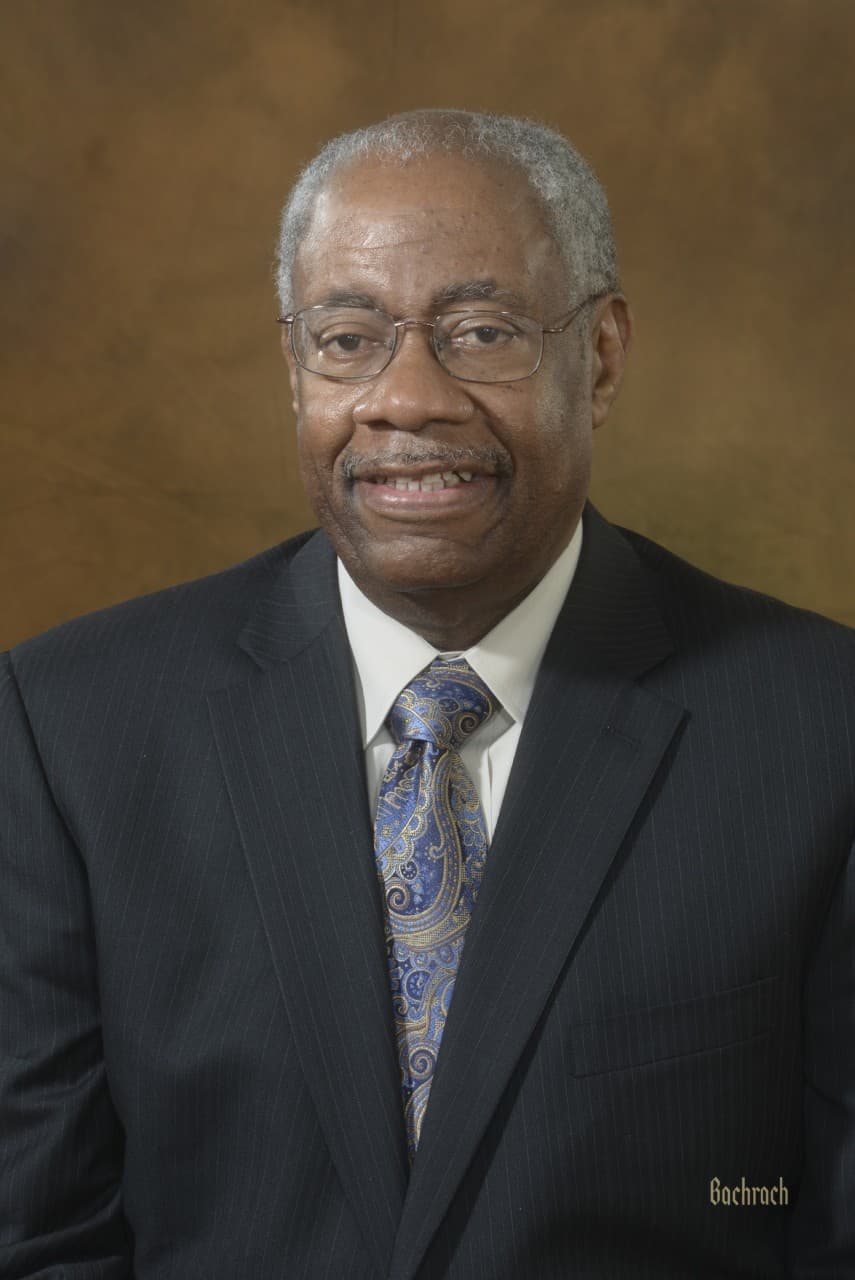Advertisement
Mass. Medical Society Chief: Medicare 'Data Dump' Unfair To Docs
Earlier this month, the federal government released a great torrent of data about Medicare payments to individual doctors — tens of billions of dollars to over 880,000 health providers. Media coverage tended to highlight a small number of doctors who received big shares of the Medicare money, though it also included cautions that there could be good reasons for high payments.
Like many other national and state medical societies, the Massachusetts Medical Society opposed the release of raw data without explanation. Here, Dr. Ronald Dunlap, current president of the MMS, argues that the data may be sowing confusion and doing more harm than good.
By Dr. Ronald Dunlap
Guest contributor
Transparency in health care is a worthy goal, but, like any major undertaking, the success of the effort depends on how it’s done.
When the Centers for Medicare and Medicaid Services released its list of $64 billion in Medicare payments to individual physicians in 2012, it fell short of its goal in helping consumers understand how care is delivered through Medicare.

Provided without context and with little explanation, the payment data had the unintended consequences of creating confusion and misperceptions among patients. Here are a few examples why:
• The oncologists receiving some of the highest payments are in private practice, and the data did not note that reimbursements to these physicians include the costs of drugs and treatments as well as payments for physician services. (Oncologists employed by hospitals are not reimbursed for drugs; those are billed to their hospitals.)
• Eye physicians also received high payments, attributable to caring for a growing elderly population with vision impairments like macular degeneration, a condition requiring treatment with expensive drugs.
• In some cases, the number of reported services was misleading, and physicians had no way to review or correct erroneous information. One primary care physician in Michigan was credited with more than $7.5 million in payments. That physician, however, directs a Medicare project that includes 1,600 physicians, who each receive small payments every month. Similarly, a pathologist in New Jersey was listed as receiving $12.6 million, but those payments were spread among nearly 30 doctors.
• The data also omits information about a physician’s patient population, the level of their diseases or conditions, or how long treatments lasted. Nor do the payments reflect the quality of care provided or the demographics of the individual medical practices. A physician with a larger population of patients over 65, for example, will naturally have higher Medicare reimbursements.
Payments to physicians are just one part of health care spending, a complicated and highly variable undertaking that includes a number of variables: the cost of drugs, hospital services, imaging costs, overhead expenses, as well as provider salaries. Also to be figured in: cost controls set by the federal and state governments, added scrutiny by insurers and employers, the creation of new models of care like accountable care organizations, and thousands of billing codes that providers must use to file claims add to the complexity.
Physicians must also account for what is perhaps the biggest variable of all: the patient.
No two are exactly alike. Each may have different conditions, requiring different levels, lengths, and intensities of treatment.
The release of Medicare payments may have benefits in preventing and discovering fraud and abuse and identifying outliers. Let’s hope so. But simply dumping data and offering a searchable database without adequate clarification and interpretation doesn’t increase understanding of the subject. It only provides false impressions that can unfairly label physicians.
Any future numbers from The Center for Medicare and Medicaid Services or other sources should come with adequate descriptions for a more accurate accounting.
Ronald Dunlap, a cardiologist in Weymouth, Mass., is 2013-2014 president of the Massachusetts Medical Society, the statewide professional association of physicians with 24,000 members.